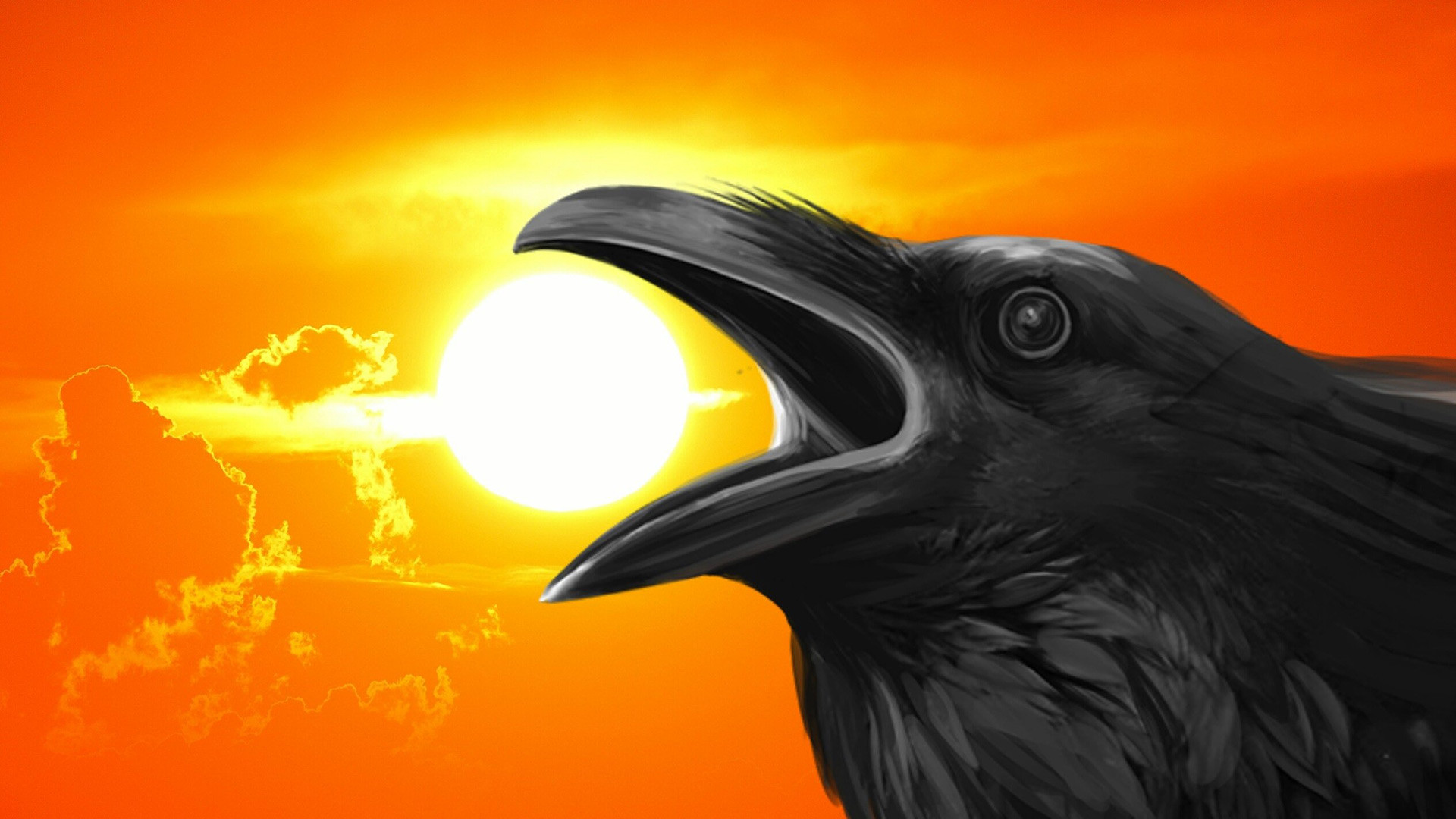
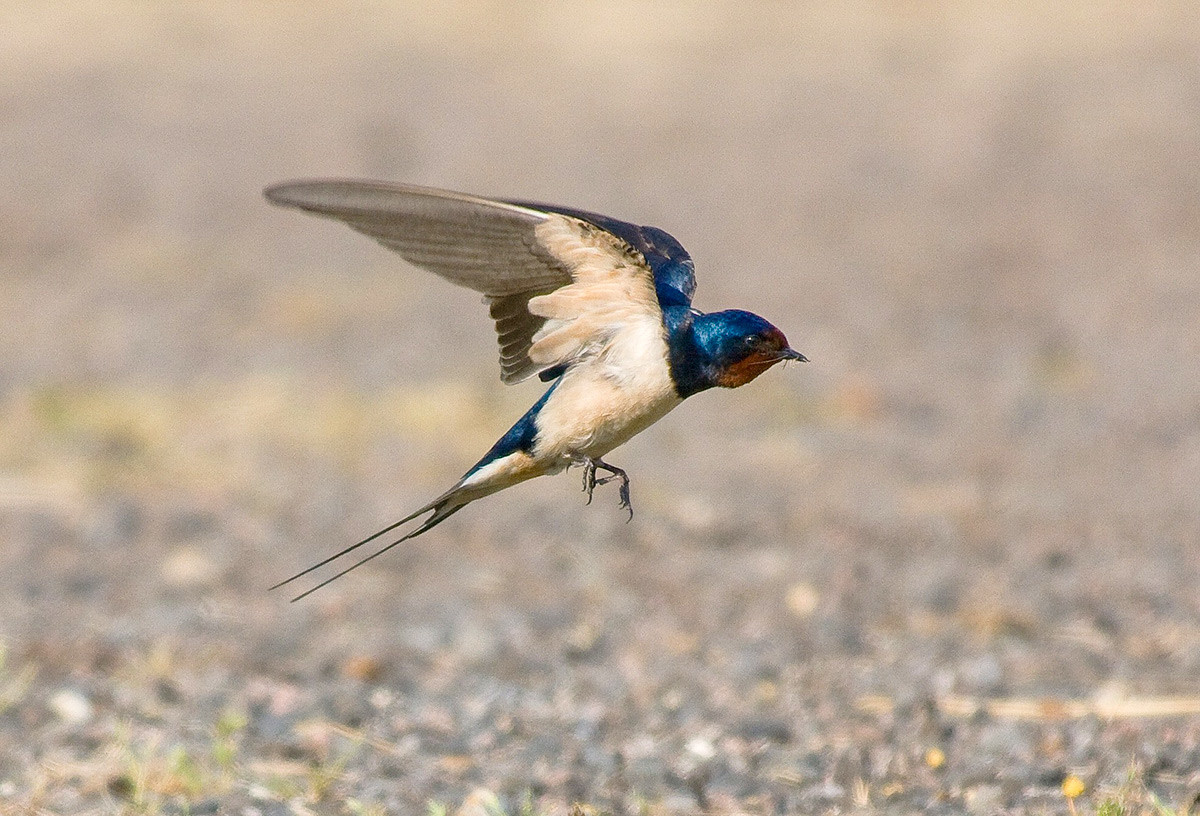
This is an old belief that does have an explanation. The swallows eat little blackflies. When rainy weather is approaching, the air humidity rises. The wings of the blackflies get wet and heavy, so the insects start to fly low and the swallows follow them to feed on them. Moreover, this weather sign also works with swifts, as they feed on blackflies, too. Unfortunately, this belief helps predict only the most imminent weather changes.
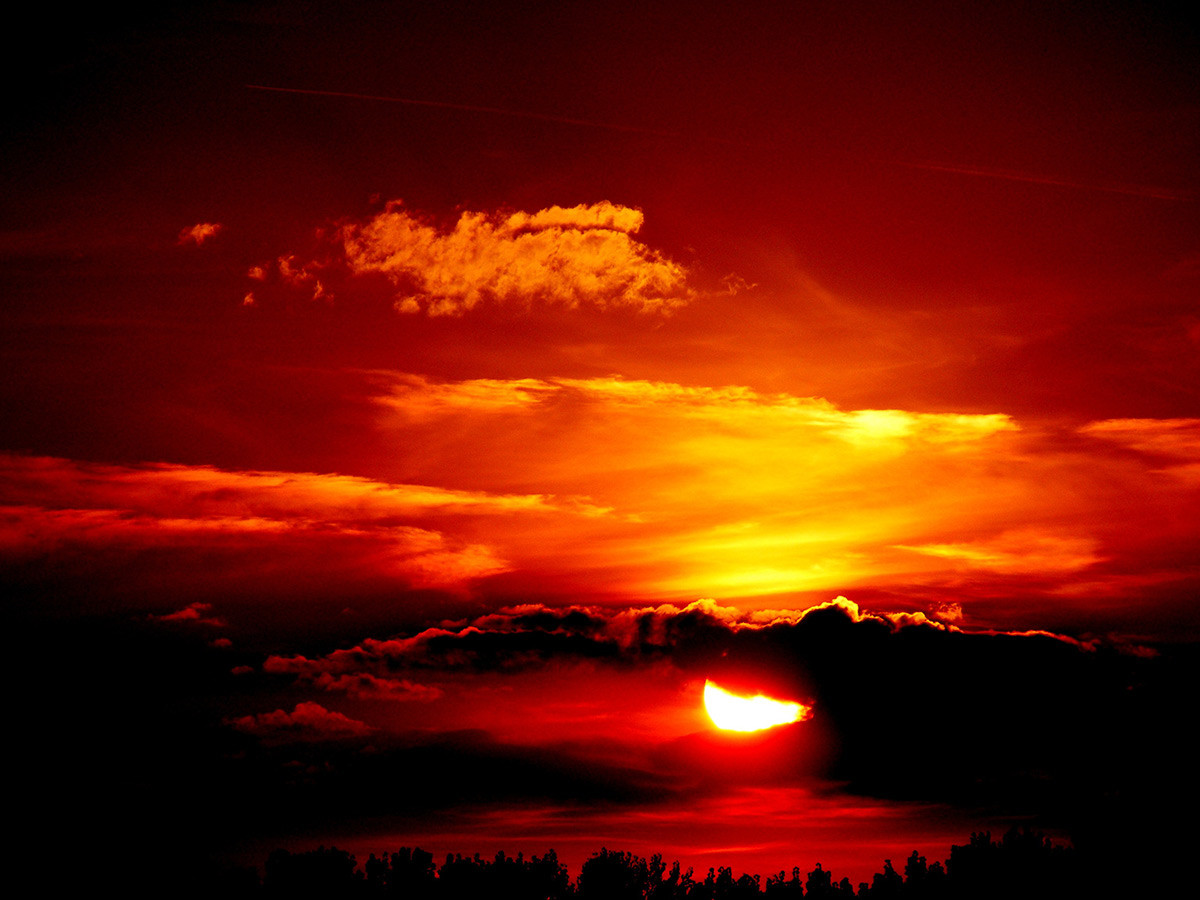
The sun spectrum consists of different colors and types of radiation. In fair weather, the whole spectrum reaches earth, so we see usual white sunlight. If the weather worsens and a cyclone appears (which can bring winds and frost), the atmosphere loses its transparency. Some colors of sun radiation just get blocked by the air mass, but the red light still can resist it, so the sun “becomes red”, making for a fascinating sight while it sets.
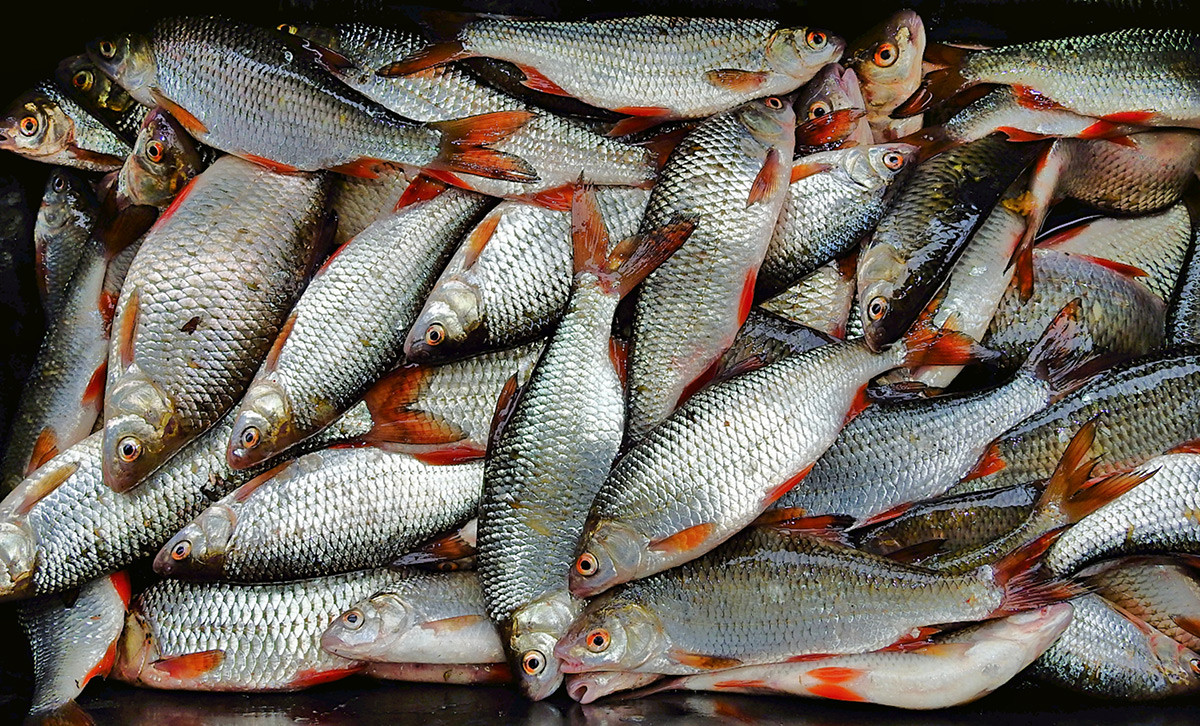
This weather sign is based on fishermens’ observations. The fact is, fish have an instinct to hide closer to the bottom of a pond or a river to stay safe and after heavy rains and storms finish, they swim back up near the water surface. Also, it’s easier for a fish to catch the bait in calm water.
By the way, a fish take can also be good when the bad weather is just on the horizon: the reason is once again linked with insects. They get heavier and come down closer to the surface, while fish go up to feed before they hide from an approaching storm.
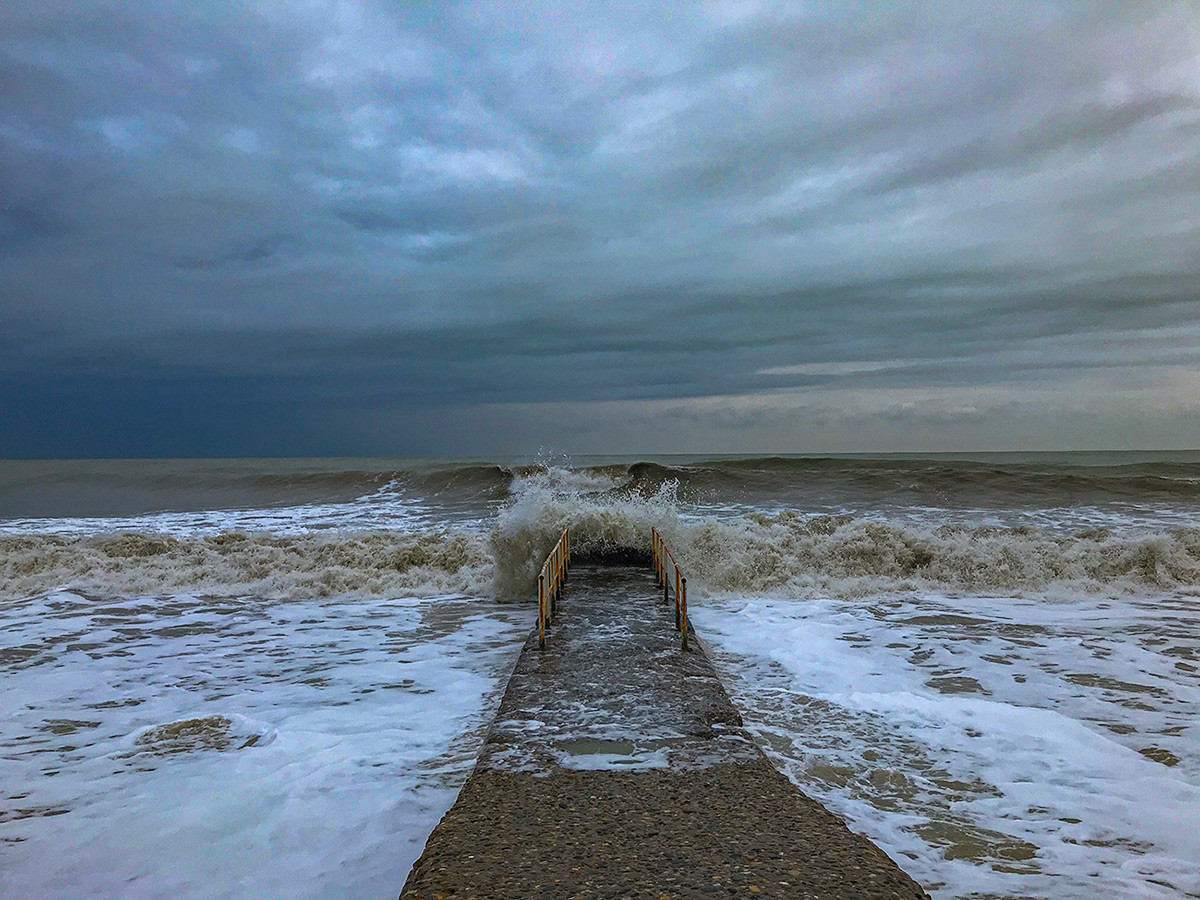
In Orthodox Christianity, Elija’s day is celebrated on August 2. In the past, the Russians said that Elijah the Prophet had thrown a little piece of ice into the water, so it was too cold to swim after that day.
In fact, it isn’t exactly true. Firstly, the weather is different each year and even a sudden drop of temperature can’t make the water too cold in a single day. Secondly, Russian regions have drastically different climates and southern ones can keep warmer weather, even in the beginning of September. Thirdly, the overall Russian climate has also been slowly getting warmer through the centuries, so weather signs of old don’t necessarily work as well nowadays.
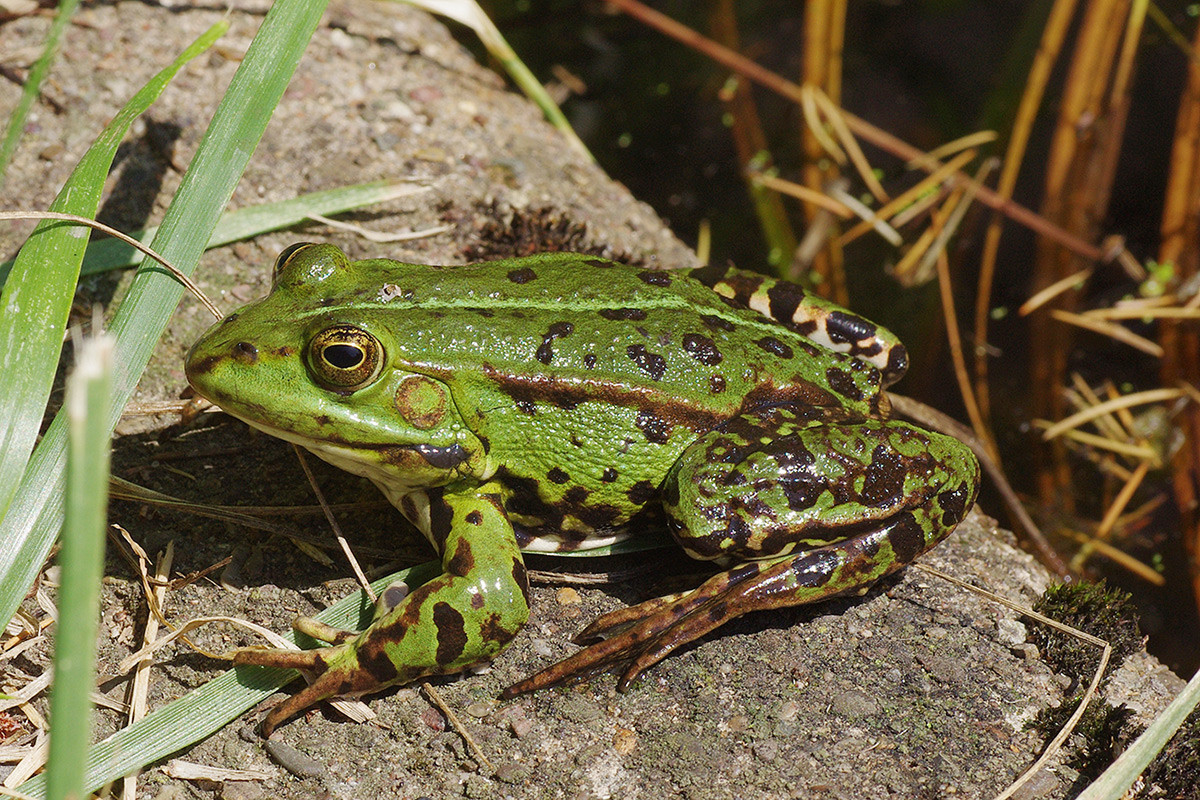
Like insects, frogs are also sensitive to atmosphere changes, but their signs of predicting the weather haven’t been proven. Frogs’ croaking isn’t actually connected with rain: males croak to attract the females and no change in the weather can make them stop.
It is also believed that loud choir croaking means it will rain, while silent, calm sounds mean the weather will be fair and dry.
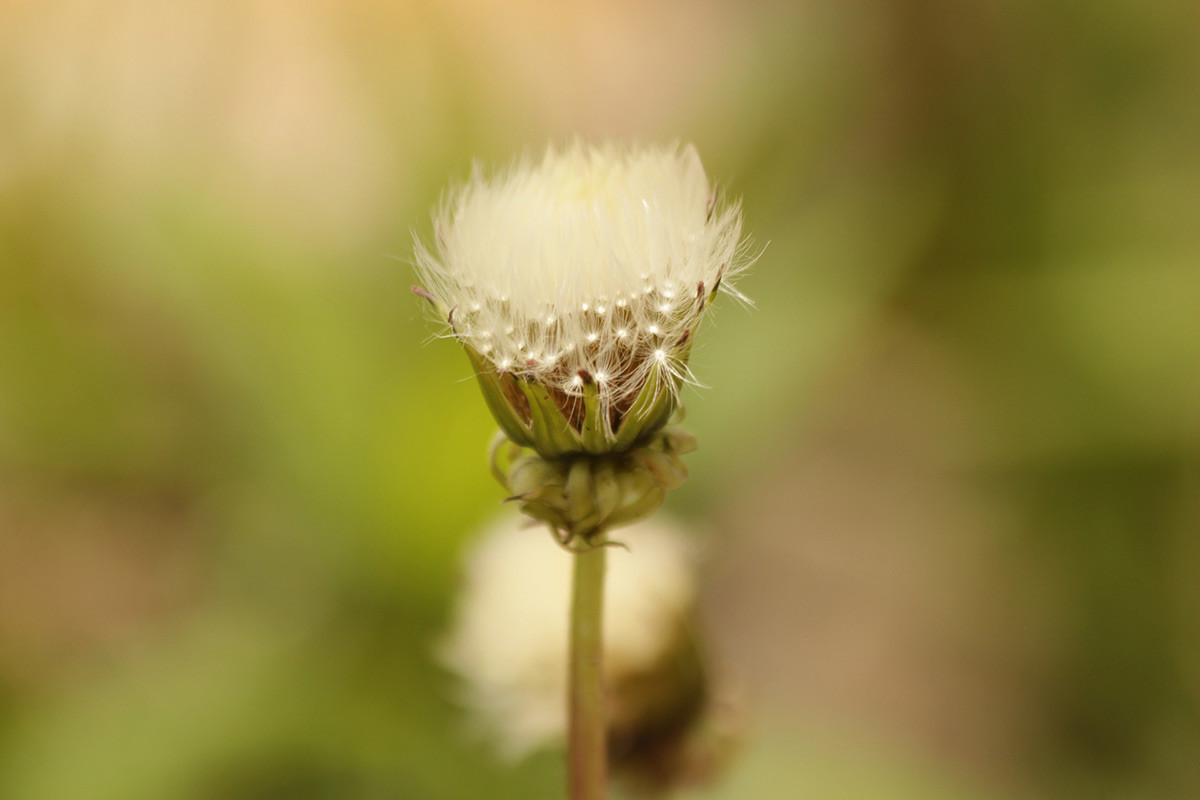
This weather sign isn’t accurate enough. Plants have special mechanisms to protect their flowers from water, as pieces of pollen can stick together and become unable to stick to insects’ bodies to be taken away from one plant to another. To avoid this trouble, many flowers close in humid air and at night like, for example, violets. Dandelions can also close after the seeds are already formed, because they are unable to be transported by wind after getting wet. The thistle travels by getting stuck in animals’ fur and people’s clothes, so it hides its hooks from water too. But actually, flowers close for the night to hide from night insects and dew which doesn’t need any rain to appear and air humidity doesn’t accurately predict the upcoming precipitations.
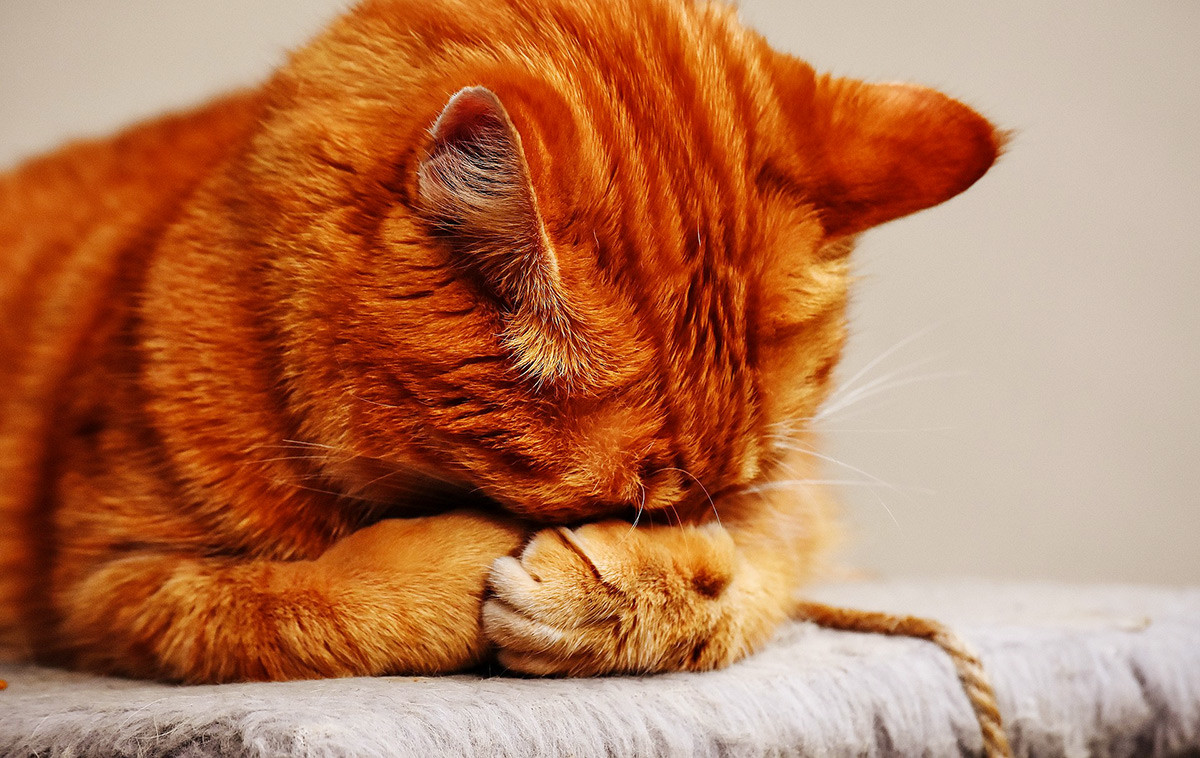
Cats use their wet and sensitive noses to get a lot of information from the outside and it’s connected not only with smells, but with temperatures, too. When the air starts getting colder, they feel it and use their fluffy tails or paws as blankets to cover their nose to breathe warm air while sleeping, but it only means the animal is feeling cold at the moment and it doesn’t really predict any temperature changes, so this weather sign is not very reliable. It’s a natural instinct that can be also seen among the wild species of the feline family.
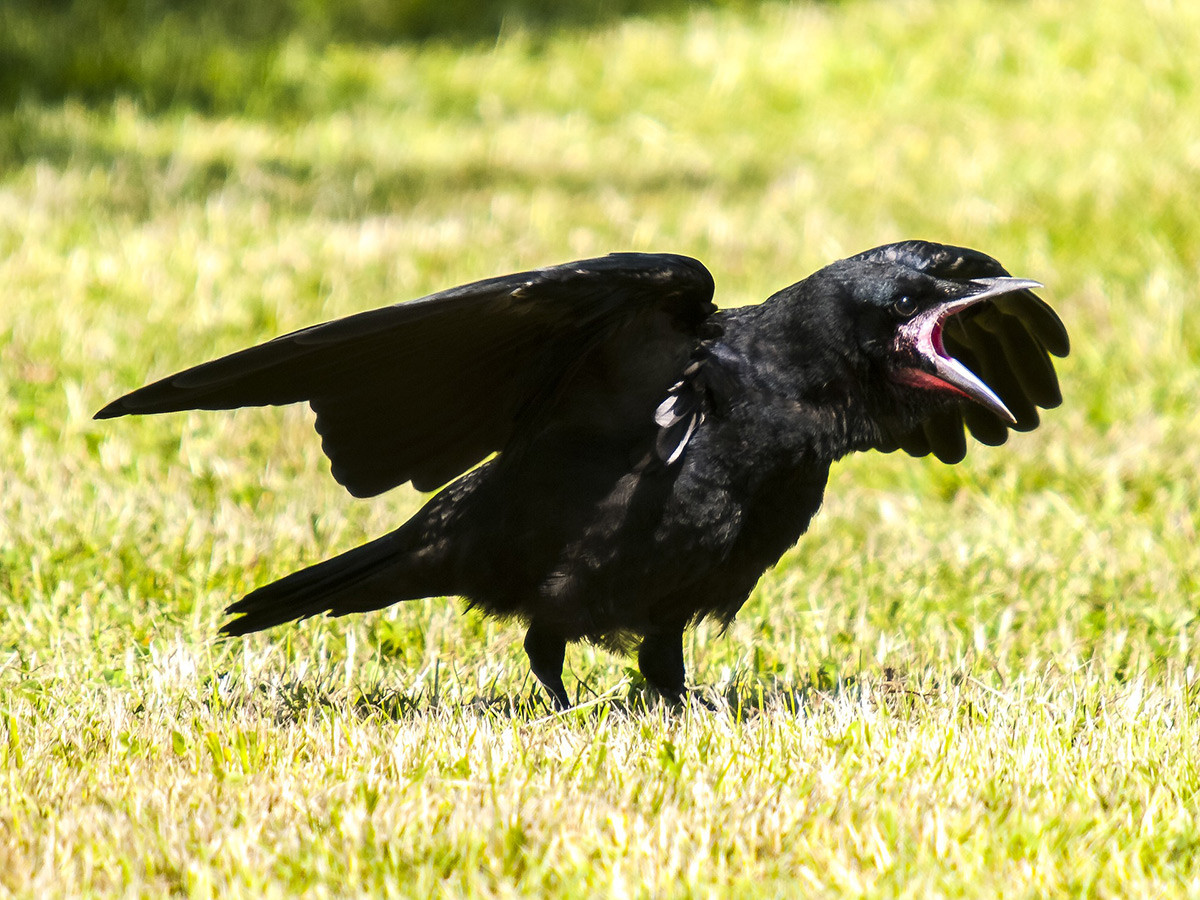
This belief is pure superstition and has no natural explanation. Crows usually crow a lot. The reasons can be different: in summer they try to attract each other or defend their nestlings from predators and other crows.
In winter, crows become more aggressive, defending the territory where they feed. They fight each other and often attack cats, dogs and even people. Of course, it is followed with crowing.

This is another belief that can’t be proven scientifically or by observation. Apparently, it comes from the northern regions of Russia. Sparrows do really hide if cold and/or stormy weather is approaching, but it isn’t the only reason. For example, they can also hide from rainy or windy weather in summer. These birds can climb into brushwood after feeding to have a rest and they quietly tweet inside. They may be trying to hide from a predator, too, and it doesn’t depend on the weather.
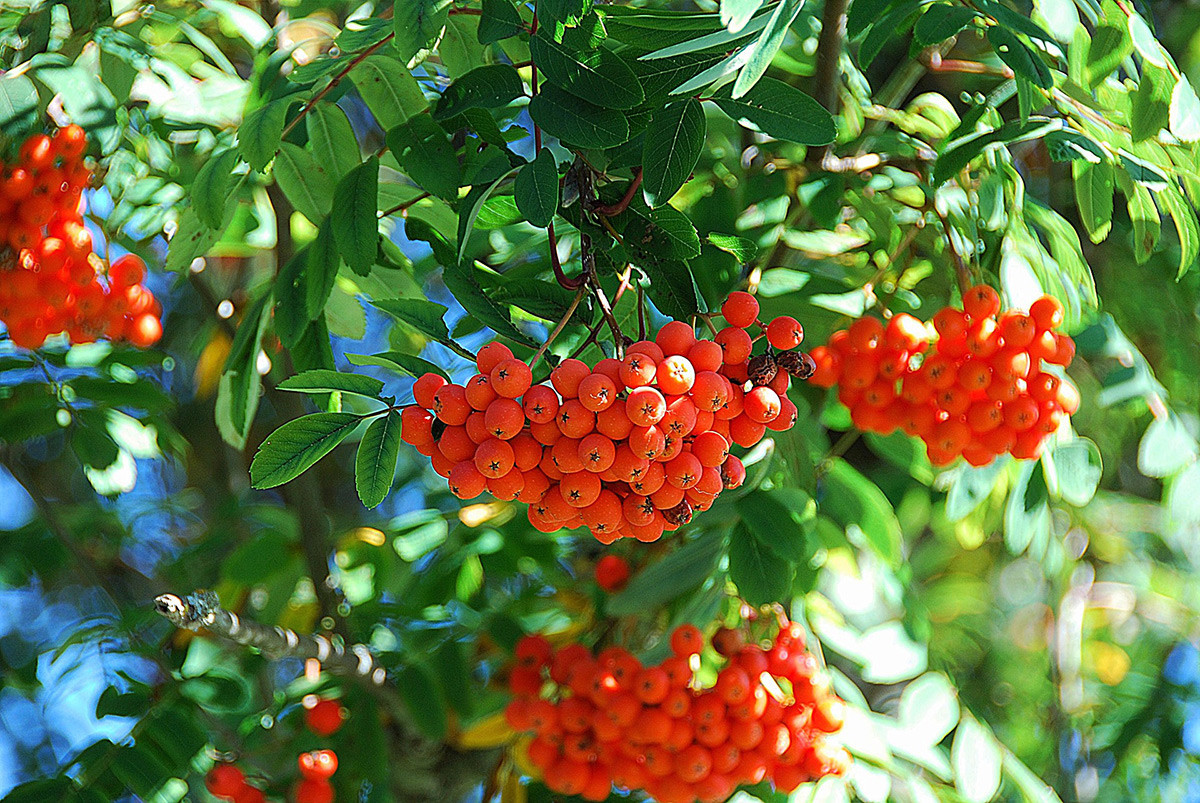
The red berries of a rowan tree are remarkable. Earlier, people believed (and some still do) that plenty of berries not only meant a cold winter, but also a cold fall, too. Their “explanation” is quite magical: they believe that nature is taking care of birds and animals to provide them with food ahead of difficult conditions. Sadly, this poetic supposition isn’t true: the number of berries on rowan trees does not depend on the weather that is going to follow.
If using any of Russia Beyond's content, partly or in full, always provide an active hyperlink to the original material.
Subscribe
to our newsletter!
Get the week's best stories straight to your inbox